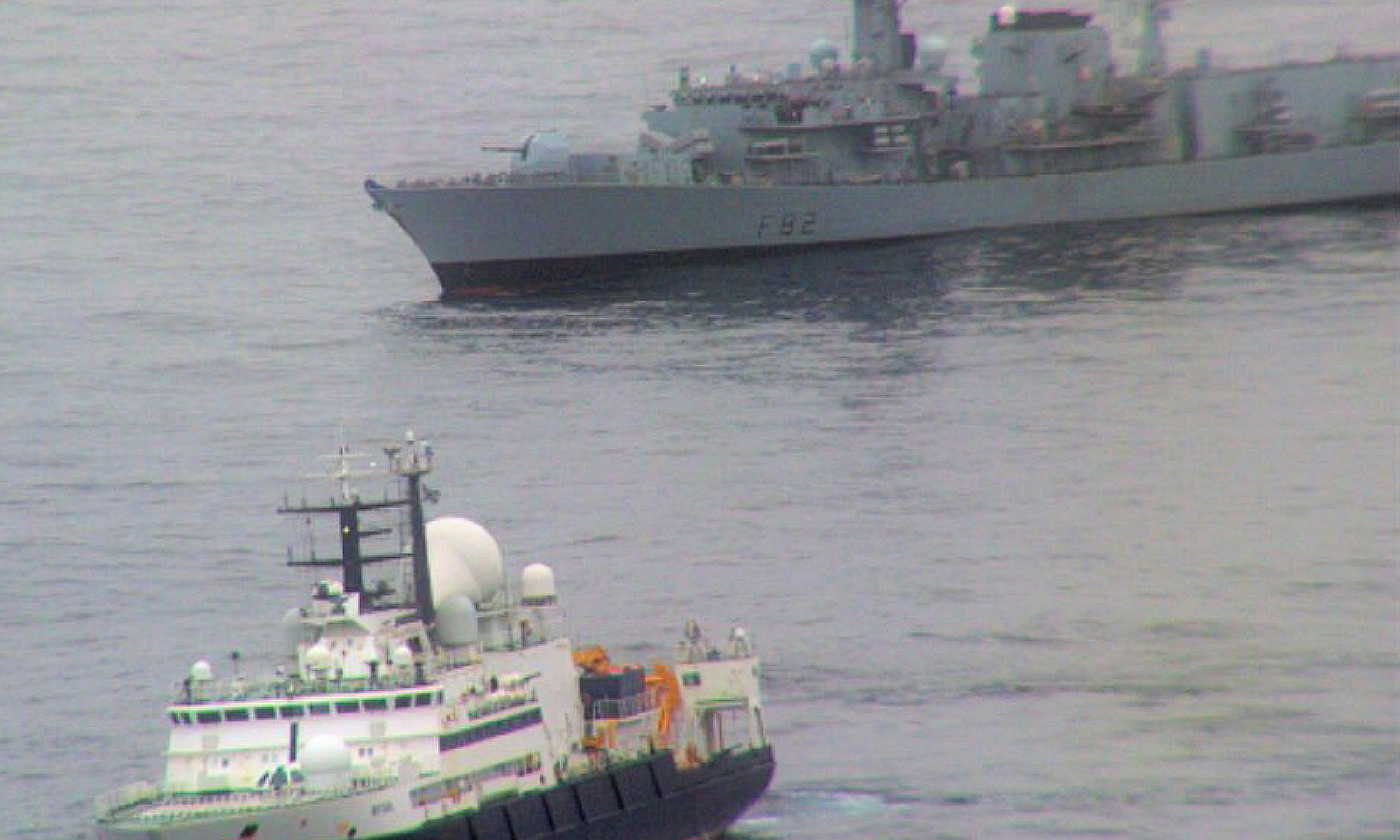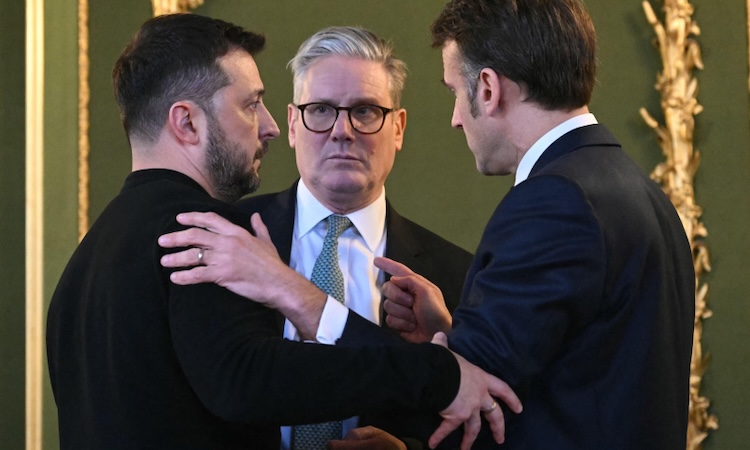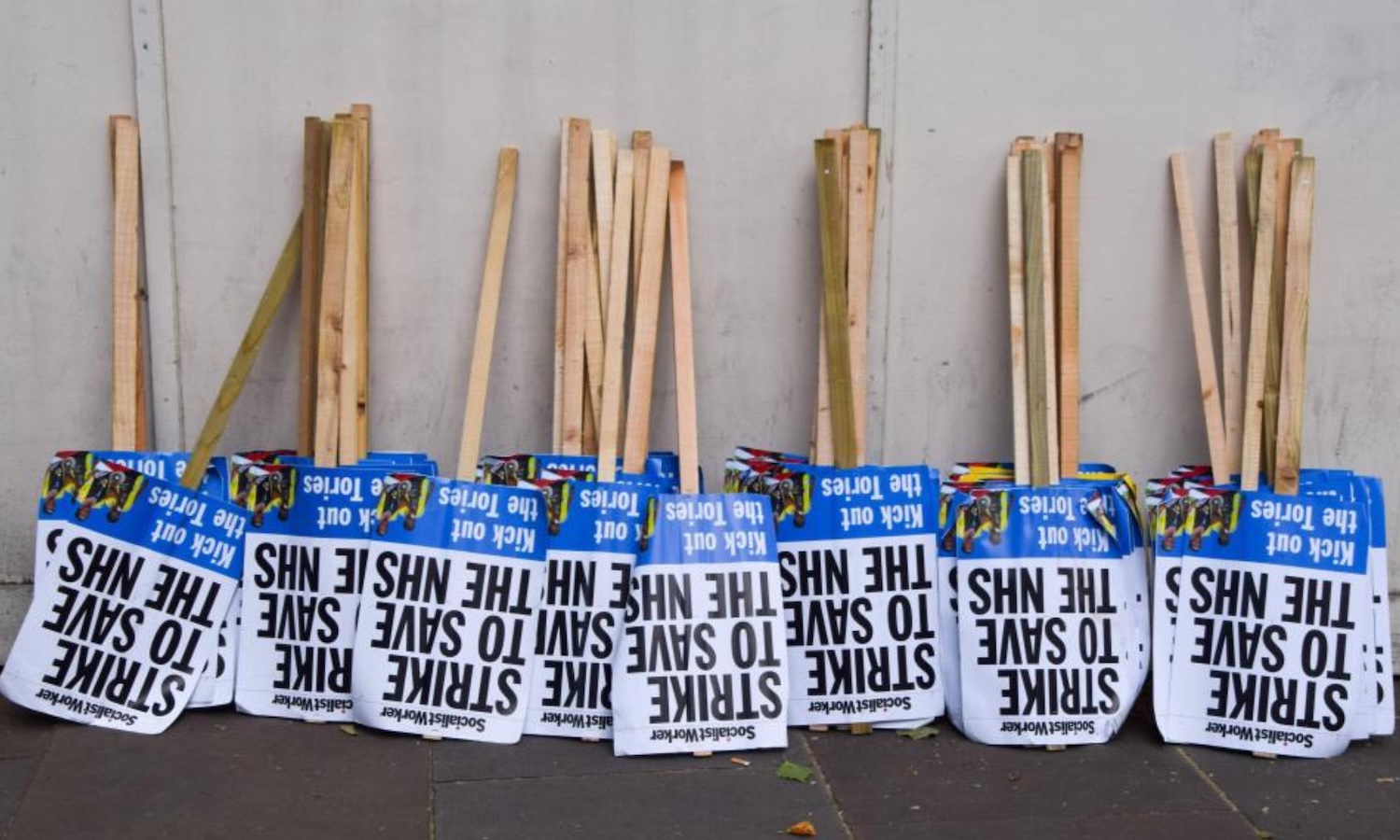This article first appeared in Granma, national daily newspaper of the Communist Party of Cuba. It was reprinted by the Communist Party of the Peoples of Spain (PCPE) in its publication October Daily and is reproduced here with thanks. Translation by Steve Cook.
*****
On 9 May, the world commemorated the victory of the Soviet Union and the allies over Nazi Germany in the second world war. Indelible pages of heroism were written in those years (1939-45).
Although much has been documented about this monumental event, it is fair to say that very little has been written about the role played by women in the victory. They were not mere stage dressing for the resistance; they fought with boldness, with valour and beyond all limits.
Following the 15 April 1941 call of the Communist party — with Josip Broz Tito at its head — the Yugoslav people organised the struggle against the invader. In Yugoslavia, more than 100,000 women signed up for the National Liberation Army.
British women performed combat duties in the anti-aircraft units. Others joined the special operations executive (SOE), which employed them in high-risk roles such as secret agents and clandestine radio operators in Nazi-occupied Europe.
The Spanish women who had fought against Franco’s forces during the civil war, and now found themselves refugees in France, made a significant contribution to the resistance in that country.
Polish, Czechoslovak, French, Italian and Greek women fought on a par with men, and many times carried out the most dangerous tasks in clandestine conditions.
It has been calculated that more than 300,000 people participated in the armed resistance struggle in Italy; of these, over 35,000 were women. In liberated Milan, women maintained armed patrols in the streets.
In Poland, there were 28 units of women partisans. Wanda Gertz created and commanded Dysk, the women’s sabotage unit, a battalion which fought during the Warsaw uprising. For her bravery, she was awarded her country’s highest honours.
The writer André Malraux said of the women: “Those who have wanted to confine women to the role of mere auxiliaries in the resistance are fighting the wrong war.”
The Soviet woman
In the Soviet Union, nearly a million women mastered every specialist role in the ranks of the Red Army during the war, without counting women partisans and the civil police. Ninety were awarded the title Heroine of the Soviet Union for their contribution to the victory.
On 21 May 1943, the army set up the central training school for women snipers. By 1945, this institution had trained over 2,000.
Lyudmila Pavlichenko, considered to have been the best female sniper of all time, despatched more than 300 of the enemy.
Natasha Kovshova, Lidiya Bakieva, Nina Alexetevna Lobkovskya and many others rose to unheard-of challenges and won the people’s admiration for their heroism.
Of the 2,000 women trained at the school, only 500 would survive the war.
The famous 588th night bomber wing deserves special mention. The fascists called them “witches of the night”. Their compatriots called the “little sisters”.
The squadrons of this female wing imposed a genuine terror on the Germans. They flew small P-2 biplanes, slow and obsolete aircraft nicknamed kukuruznik, the crop duster.
The open cockpit did not protect crew from either bullets or the bitter wind. There was no radio communication, the plane’s speed was as little as 120km [less than 75 miles] per hour and it flew at a height of 3km [just under 2 miles]. The only weapons on board were TT pistols [a 1930s semi-automatic infantry sidearm].
It had no bomb bay. When needed, the crew would rest the explosive devices on their knees and drop them out themselves. They took off at night, making up to ten flights each time.
They would cut the engine and the bombs would fall on the enemy in silence. In addition, they flew behind enemy lines to deliver material to the guerrillas.
The Germans ended up rewarding an Iron Cross to anyone who could shoot down an aircraft from this unit.
The 586th fighter wing, stationed in Stalingrad and made up of women, also saw outstanding action in the war.
To this unit was deployed the famous pilot Lidia Litvak, who earned the nickname ‘White Rose of Stalingrad’. With 12 aerial victories, she was considered a Soviet air force ace. Lidia died in combat on 1 August 1943, aged just 21.
In Leningrad, the artillery units were formed almost exclusively by women.
Maria Oktiabrskaya, the first woman in the world to be a member of a tank crew, was mortally wounded in the north of Belorussia in 1944 when she was 38 years old.
Zoya Kosmodemianskya, Heroine of the Soviet Union during the second world war, undertook sabotage work in the German rear. She was captured, tortured and hanged on 21 November 1941. Zoya became a symbol of resistance to the Nazis.
Alexandra Samusenko was a commander of T-34 tanks. She died of war wounds at the age of 22, on 3 March 1945.
The Soviet Estonian Helene Kullman was an intelligence agent who operated in Estonian territory occupied by the Nazis. She was captured and executed on 6 March 1943, at the age of 23.
Soviet armaments factories, which had been moved ‘bolt by bolt’ to the east, counted on the selfless work of sisters, wives, daughters and mothers, who also had on their shoulders the task of feeding the people and producing to win.
They worked until they dropped from exhaustion, driven on by faith in victory. Without them, without their giving of themselves, vanquishing the enemy would have been impossible.













